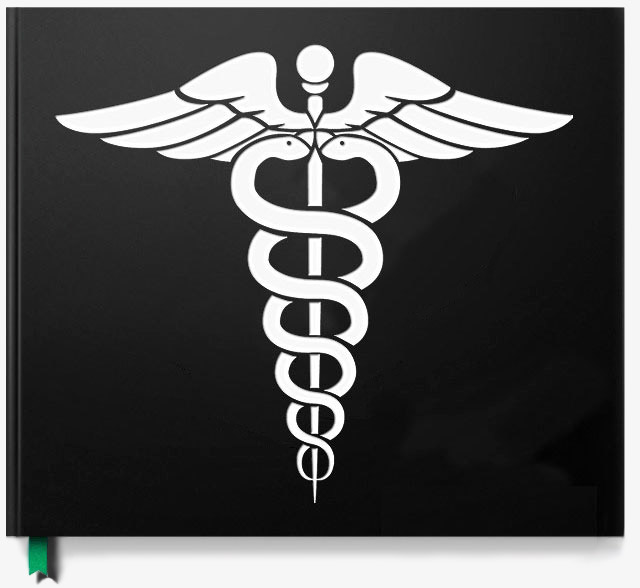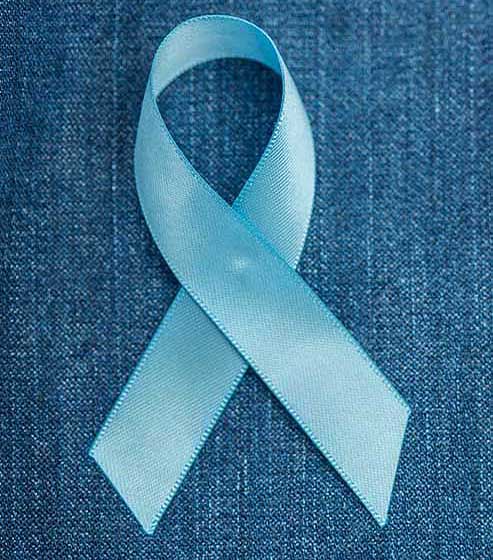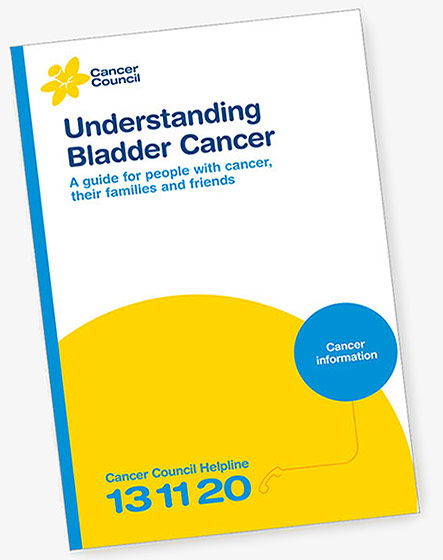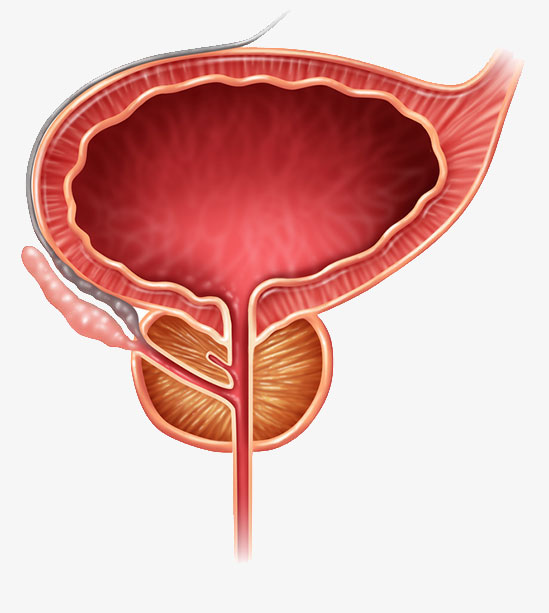My Mission
It seems appropriate to me that the word Doctor originally meant teacher. For explaining a diagnosis and then helping my patients understand all their treatment options is perhaps the most critical part of my mission. And it is not all one way, since no doctor can design the best and most appropriate care plan without listening to and understanding their patient. The relationship I form with a patient means that decisions reached are the best ones for them.






